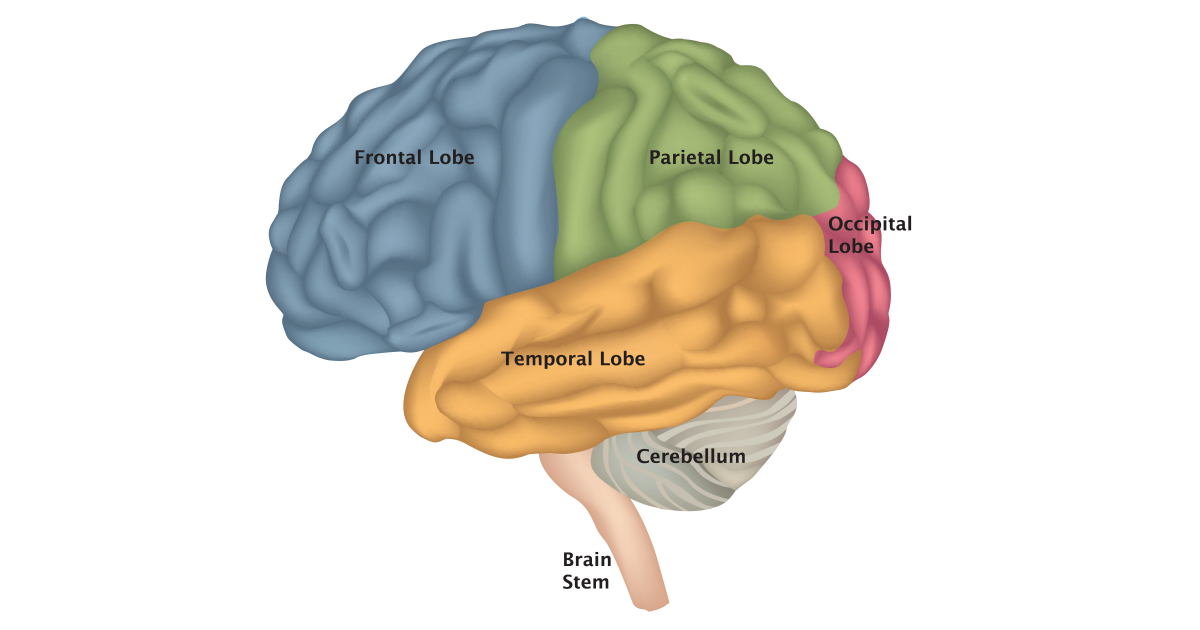Functional Neuroplasticity in the Nucleus Tractus Solitarius and Increased Risk of Sudden Death in Mice with Acquired Temporal Lobe Epilepsy

Epilepsy News From: Wednesday, March 28, 2018
Derera ID, Delisle BP, Smith BN, eNeuro (2017), 4(5) e0319-17
Purpose
- Sudden unexpected death in epilepsy (SUDEP) is a fatal phenomenon, the causes of which are largely unknown.
- Studies in the past have looked into possible risk factors that may be associated with sudden death of individuals with epilepsy and have found that not taking anti-epileptic medications as prescribed or stopping them suddenly may be related to SUDEP. Additionally, frequently occurring and poorly-controlled generalized tonic-clonic seizures are associated with high rates of SUDEP.
- Scientists have performed experiments to look for possible causes of SUDEP, but most of these studies have been in experimental models of epilepsy where the cause of seizures is genetic.
- Not a lot of studies have looked into causes of SUDEP in acquired epilepsies, for example, in temporal lobe epilepsy (TLE).
- Epileptogenesis - the process by which the brain becomes capable of generating and sustaining spontaneous seizures - is a topic of frequent investigation and especially relevant in TLE.
- A failure of the cardiorespiratory (heart and lung) system as a result of seizures has been proposed as a potential mechanism underlying SUDEP. The role of brainstem, which plays a role in modulating cardiopulmonary function, has been suggested.
- In the current study, the authors investigated whether a specific part of the brainstem called the “nucleus tractus solitaries” may relate to SUDEP.
Description of Study
- This study was done in experimental rodents. Mice were administered either pilocarpine (a drug that causes epilepsy) or vehicle (these mice did not have epilepsy).
- Pilocarpine causes status epilepticus (SE); hence, mice that exhibited spontaneous seizures were called “Pilo-SE” mice, whereas the other group of mice belonged to the “Control” group.
- Learn about the basic science research and the ethics of performing experiments in lab animals.
- The technique that the scientists performed to investigate properties of neurons in the nucleus tractus solitaries in epileptic mice is called electrophysiology. Using this technique, scientists were able to study whether and how inhibitory (GABAergic) and excitatory (glutamatergic) neurotransmission is different in Pilo-SE mice vs. control mice.
- Additionally, the heart rate of mice was monitored using ECG (electrocardiography) telemetry. This is because of the cardiorespiratory mechanism that may underlay SUDEP.
Summary of Study Findings
- The study found that, as expected, Pilo-SE mice experienced spontaneous seizures, and a subset of mice experienced SUDEP.
- Pilo-SE mice did not show differences in heart rate as compared to the control group.
- However, the authors did find the following when they examined the nucleus tractus solitaries:
- In Pilo-SE mice, there was an increase in release of the excitatory neurotransmitter glutamate.
- There was an enhancement in the inhibitory neurotransmitter system that was dependent on activation of glutamatergic receptors.
- Changes in excitation and inhibition in the nucleus tractus solitaries structure of the brain that may coincide (and even underlie) epileptogenesis and SUDEP were observed.
What does this mean?
- Given the suggested role of a failure in the cardiorespiratory system in SUDEP, this study is pertinent because it is among the first to examine alterations in a specific structure - the nucleus tractus solitaries – in the brainstem of experimental mice.
- More experiments are necessary to clearly show the role of the nucleus tractus solitaries in SUDEP and what these changes in excitation and inhibition mean for someone with temporal lobe epilepsy.
Article published in eNeuro, October 2017.
Authored by
Sloka Iyengar PhD
Reviewed by
Joseph I. Sirven MD
Reviewed Date
Wednesday, March 28, 2018
